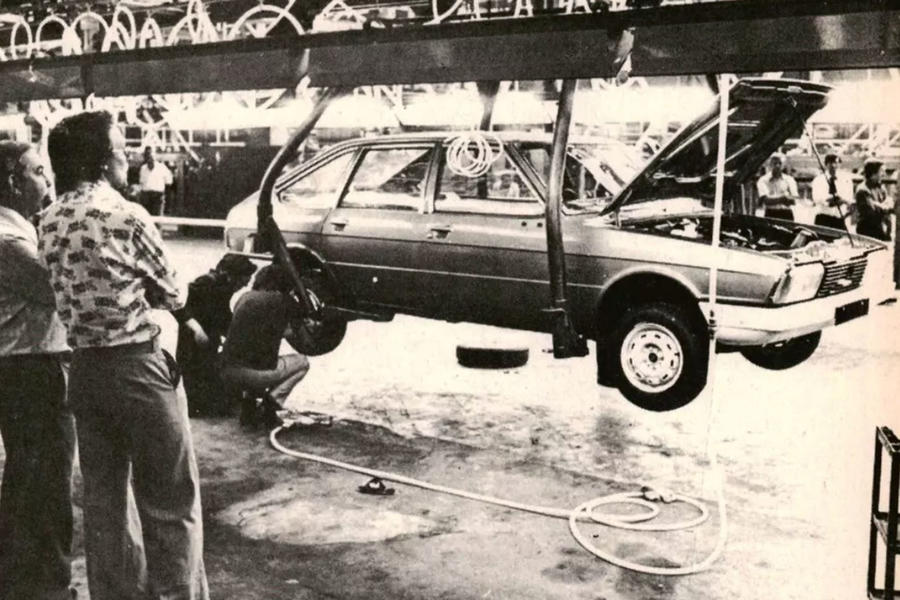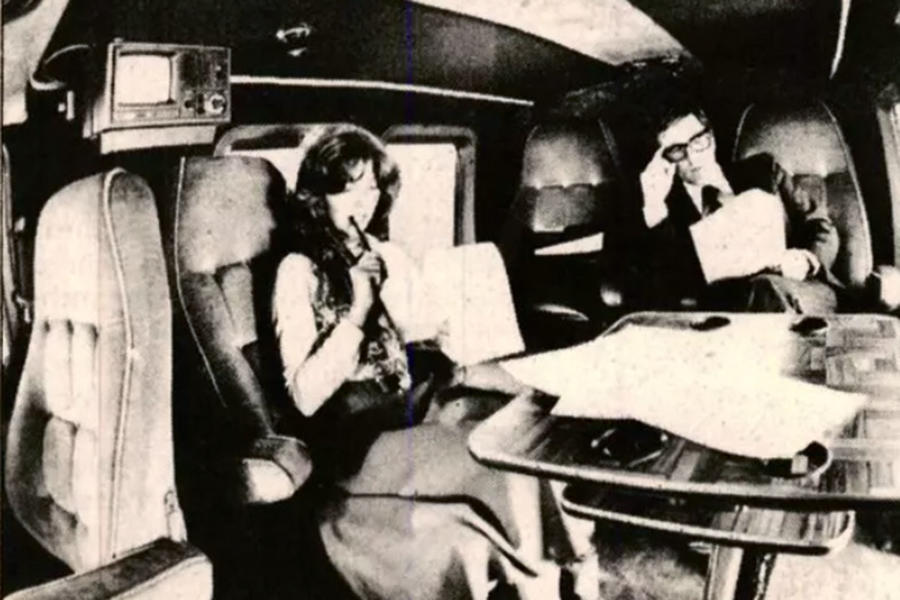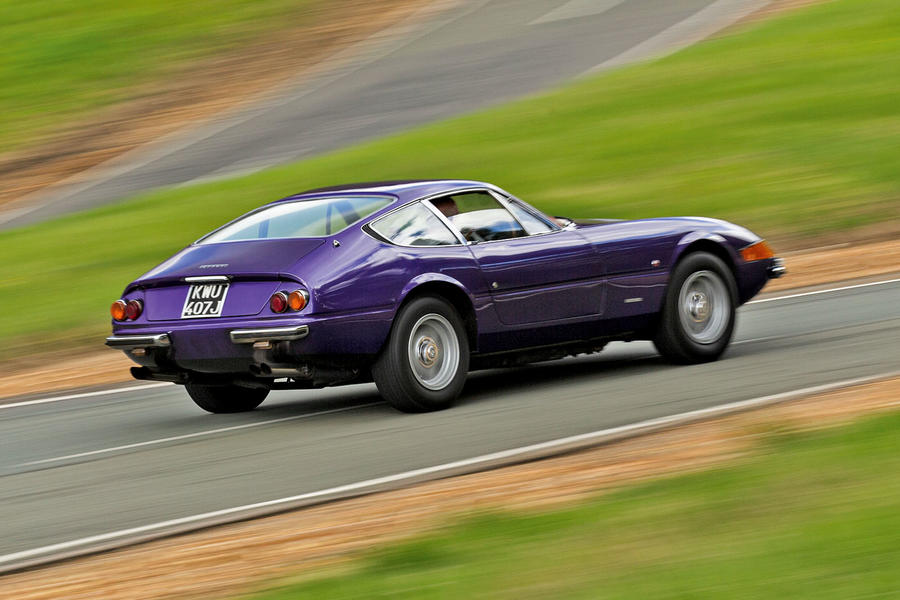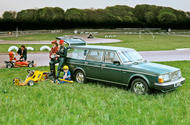The 265 GLE’s biggest asset was its very generous stowage compartment
Volvo storms market with all-practical estate, Chrysler’s shock withdrawal, the unbeaten Ferrari Daytona
Recently, Volvo pulled all its estate (and saloon) cars from sale, citing the greater popularity of SUVs – news that caused some sorrow, given the Swedish firm built its reputation on such cars.
The legend began with the 145 in 1967. Around 268,000 145s had been made by 1974, when it was developed into the 245/265. The latter was notable as Volvo’s first six-cylinder estate, and four years later we tested it in new high-end (£7598, or £39,520 now) GLE form.
The 2.7-litre V6, co-developed with Peugeot and Renault, wasn’t too quiet or smooth and gave only leisurely performance (140bhp) and fair MPG (19.6). At least the manual gearbox was slick.
The ride didn’t impress either, absorbing big undulations well but jolting over everyday bumps.
It cornered in a dignified manner but rolled when hustled, while its vague, rubbery steering didn’t fill us with confidence.
We had few complaints about the comfort in front or back and appreciated the seatbelts, but the dash was an unsightly jumble of rectangles and scattered switches.
Its big asset, then, was its very generous stowage compartment.
Indeed, it was prodigious space that won the Volvo our preference over rivals like the Datsun 260C and Ford Granada, despite its merely tolerable road behaviour.
Evidently it was enough to woo the public, as the 200-series lived all the way up to 1993, with 2.86 million examples produced.
Chrysler makes shock withdrawal from Europe
Chrysler’s revelation “out of the blue” that it was offloading its interests in Europe and PSA swooping in on them was the “motoring bombshell of the year”.
The American giant had taken control of France’s Simca in 1963, Britain’s Rootes Group (Hillman, Humber, Singer and Sunbeam) in 1964 and Spain’s Barreiros in 1969, bringing them all under the umbrella of Chrysler Europe, but it had failed to rationalise and suffered poor sales, due to a combination of an uncompetitive range and industrial action at Ryton (pictured) and Linwood.

All this was going on during a recession and while Chrysler was in deep trouble in the US. With the threat of some 25,000 jobs being lost in the UK, the Labour government gave it a £162.5m bailout (£1.2bn now) – to the fury of the Tories.
However, Chrysler continued to make losses globally, and so Lee Iacocca felt the need to get rid of the European division as soon as he became CEO in 1978.
Since rescuing Citroën in 1974, Peugeot had effected an amazing drive into profit, and it moved fast to harness the extra economies of scale and production capacity offered by Chrysler Europe.
Indeed, PSA would become the world’s third-largest car maker. Sadly, PSA’s reinvention of Chryslers as Talbots didn’t last long, and its UK factories are now gone. Today, it’s part of Stellantis – as, funnily enough, is Chrysler.
The Ford Execubus shows up limousine luxury

Why pay £20k for a limousine if you could have a luxurious mobile office for £7500?
This was the thinking behind the Execubus, which Ford created with Star Vans of Bedford as a prototype for a new form of executive travel: a new-look Transit van with shag-pile carpet; reclining and swivelling velour armchairs around a conference table; eyeballtype reading lamps; a radio, tape player and dictating machine; and even a TV, albeit not colour.
Oh, and of course a wardrobe at the rear for your suits. It seemed a novelty, but such vans are common now – with the added benefit of an okay ride.
Ferrari’s unbeatable Daytona

If we were disappointed by Ferrari’s 365 GT4 in 1975, we didn’t say so. By the time it was developed into the 512 BB, though, we could no longer keep shtum. Despite a big boost in performance, the flat-12 ‘Boxer’ was still inferior to the old 365 GTB/4.
As such, opined our ex-F1 racer John Miles, the V12 ‘Daytona’ had to be considered the best GT of all time. Having borrowed Nick Mason’s car to prove his point, he concluded: “Even today, no road car compares on a combination of looks, performance, stability and practicality.”
Source: Autocar
